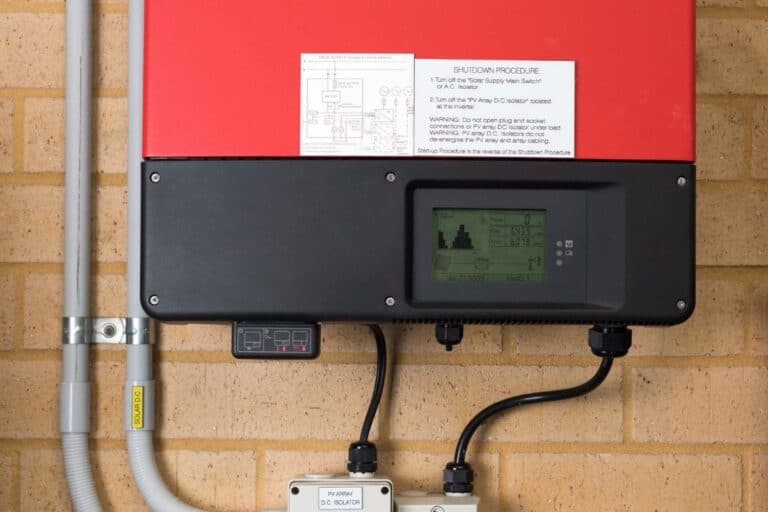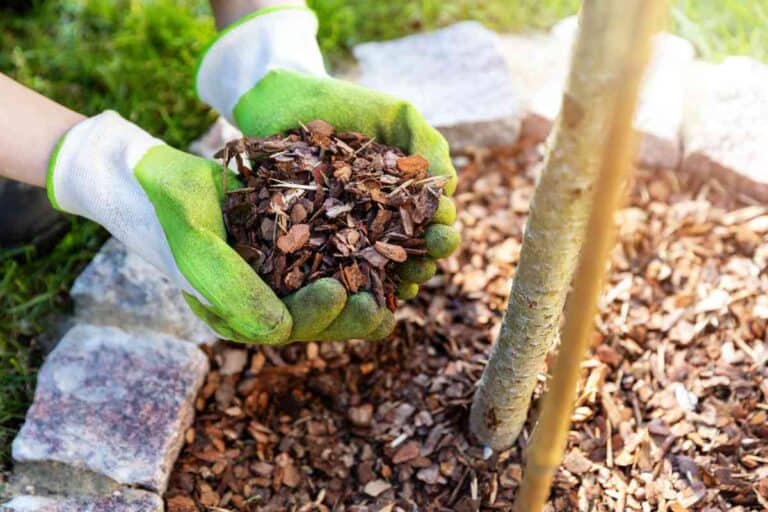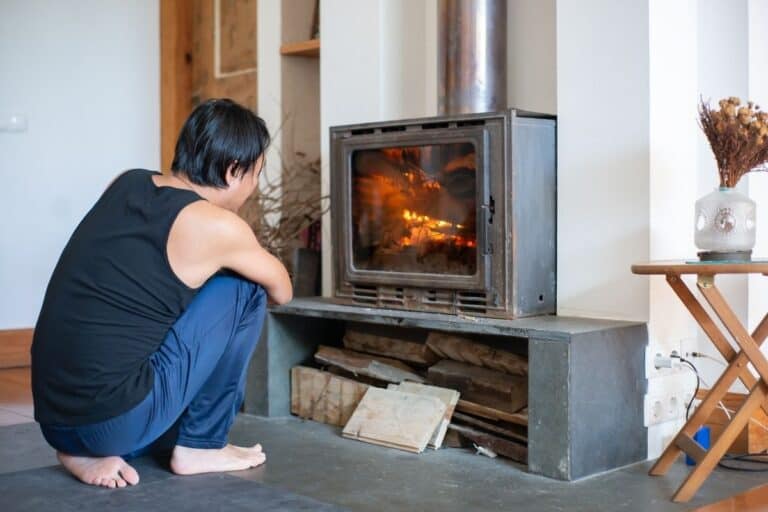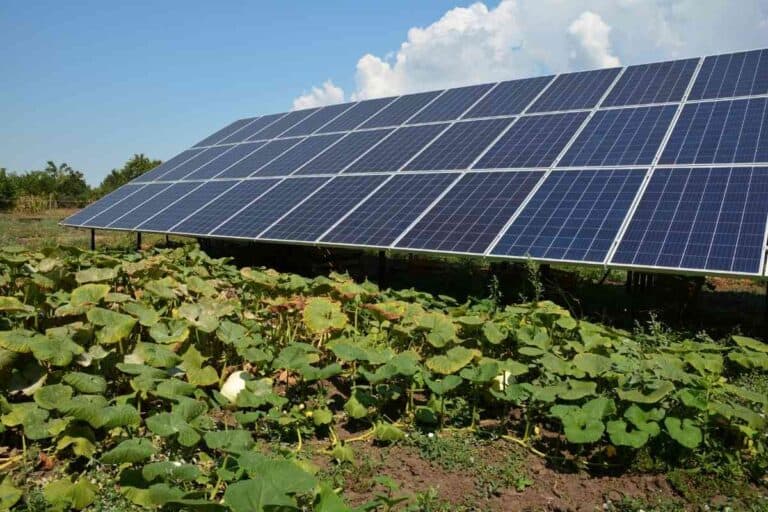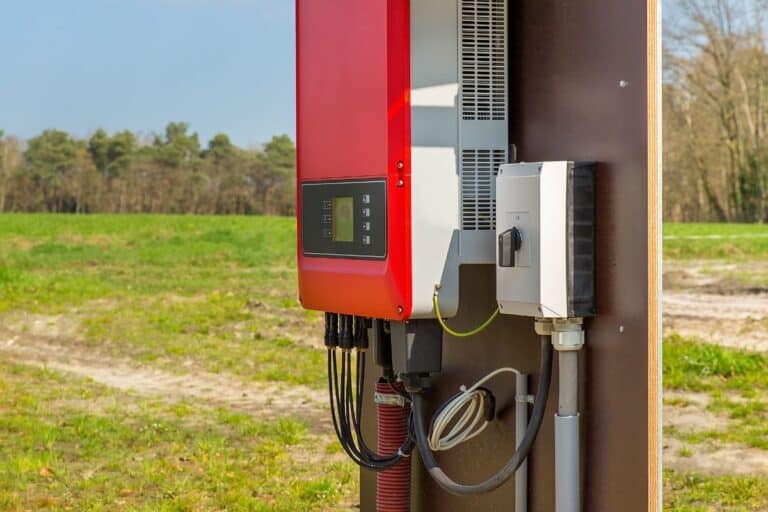Do Composting Toilets Work In Cold Climates?
Have you ever wondered how composting toilets manage in the chill of winter? Despite the challenges, these eco-friendly systems can be surprisingly effective with the right management strategies, even when the mercury drops!
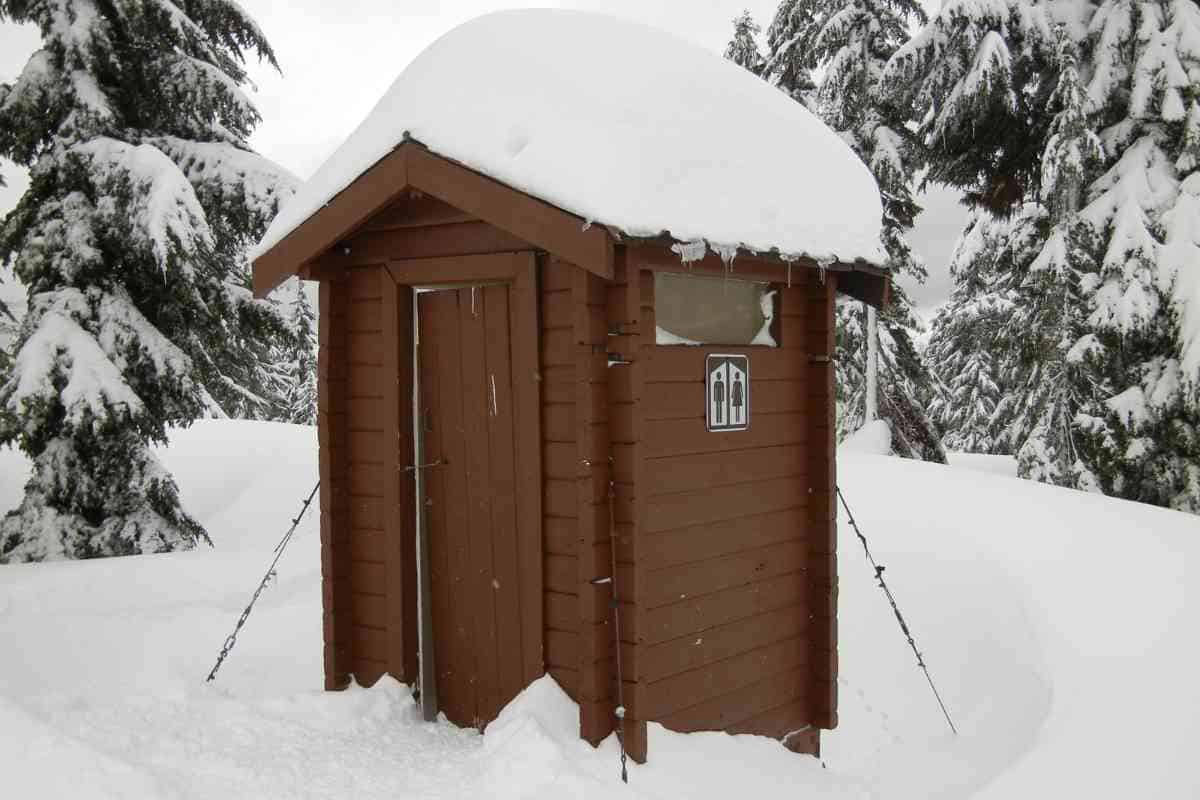
Related Post! DIY Composting Toilet: A Step-by-Step Guide
Do Composting Toilets Work In Cold Climates?
Composting toilets can function effectively in cold climates with proper adjustments. Insulating the unit, using heating pads, and adding bulking agents like coco fiber help maintain the necessary warmth and microbial activity, ensuring the composting process continues even in freezing temperatures.
Key Takeaways
- Composting toilets need warmth, moisture control, and proper aeration to function optimally.
- Adapting your management practices for winter can ensure your system continues to operate effectively.
- Don’t be deterred by cold weather; with the right adjustments, your composting toilet can remain a viable and eco-friendly option year-round.
By understanding and adapting to the needs of your composting toilet during the winter, you can ensure it remains an efficient and environmentally friendly option, regardless of the temperature outside.
Why Consider a Composting Toilet?
Composting toilets offer a sustainable alternative to traditional flushing toilets, minimizing waste and water usage. They’re especially useful in places without access to standard sewage systems, like RVs, boats, and tiny homes. These systems are divided mainly into two designs: self-contained units and central composting systems, which may serve larger communities.
Related Post! Sawdust In A Composting Toilet: Good, Bad, Or Just Ugly?

How Does a Composting Toilet Work?
In a composting toilet, both solids and liquid wastes are typically separated to enhance the composting process. The composting chamber of these toilets turns human waste into usable compost through the action of aerobic bacteria, which thrive in well-aerated and warm environments. The key to effective composting is maintaining the right balance of air, moisture, and warmth, ensuring that the system remains odor-free and efficient.
Cold Climate Challenges
While composting toilets are versatile, freezing temperatures pose a significant challenge. The microbial activity necessary for breaking down solid waste slows down or even halts when it gets too cold. To combat this, insulating the space or even heating the composting chamber can keep the process active throughout the winter.
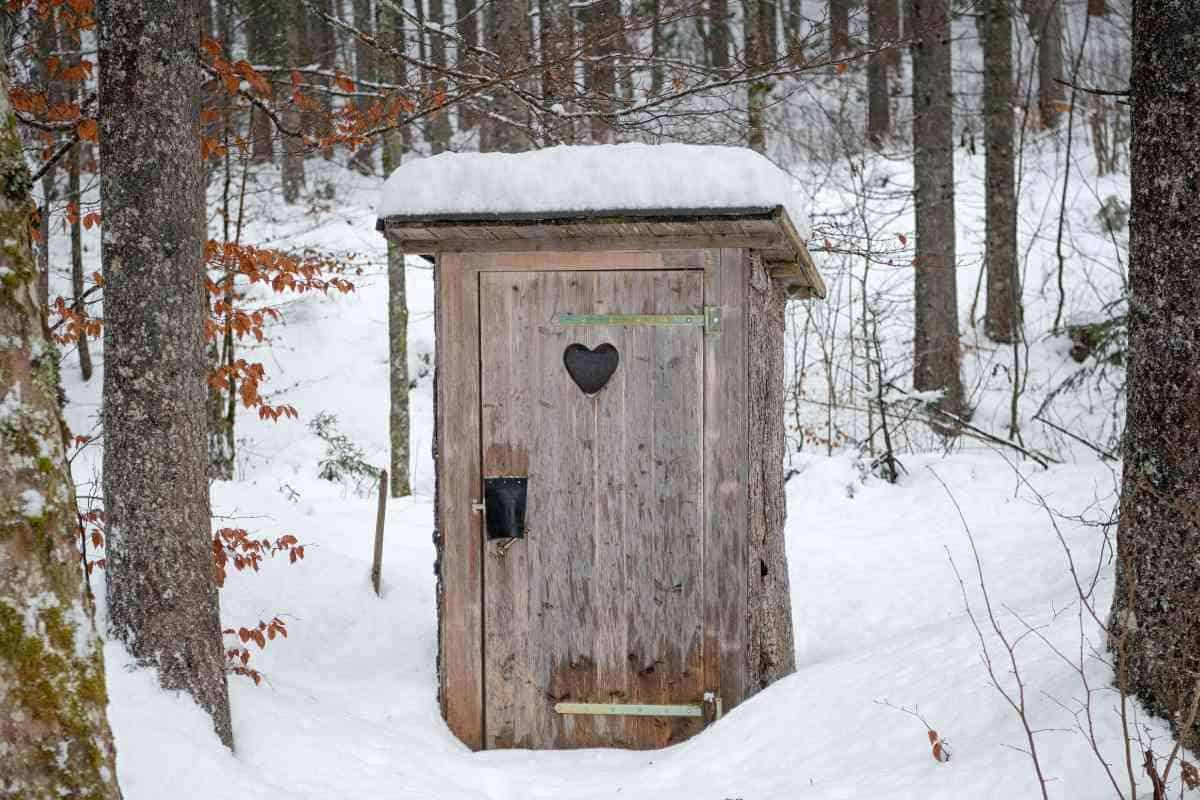
Should You Use a Composting Toilet in Cold Weather?
Living in a cold region doesn’t mean you have to give up on the idea of a composting toilet. Although cold temperatures can make composting more difficult, it isn’t impossible. Adjusting your management strategy to ensure the compost pile stays warm and well-aerated can lead to successful composting year-round.
Practical Tips for Maintaining Your Composting Toilet in Cold Weather:
- Insulate your composting toilet to retain heat within the composting chamber.
- Use bulking materials like coconut coir or peat moss to enhance aeration and absorb excess moisture.
- Consider a low-energy heating element to maintain optimal temperatures without using too much power.
Wondering how to keep your composting toilet system working efficiently during the colder months? Even in climates that face the challenges of lower temperatures, you can maintain an effective composting process with a few proactive steps.
Related Post! Do Composting Toilets Smell? The Ultimate Guide To Odor-Free Commodes
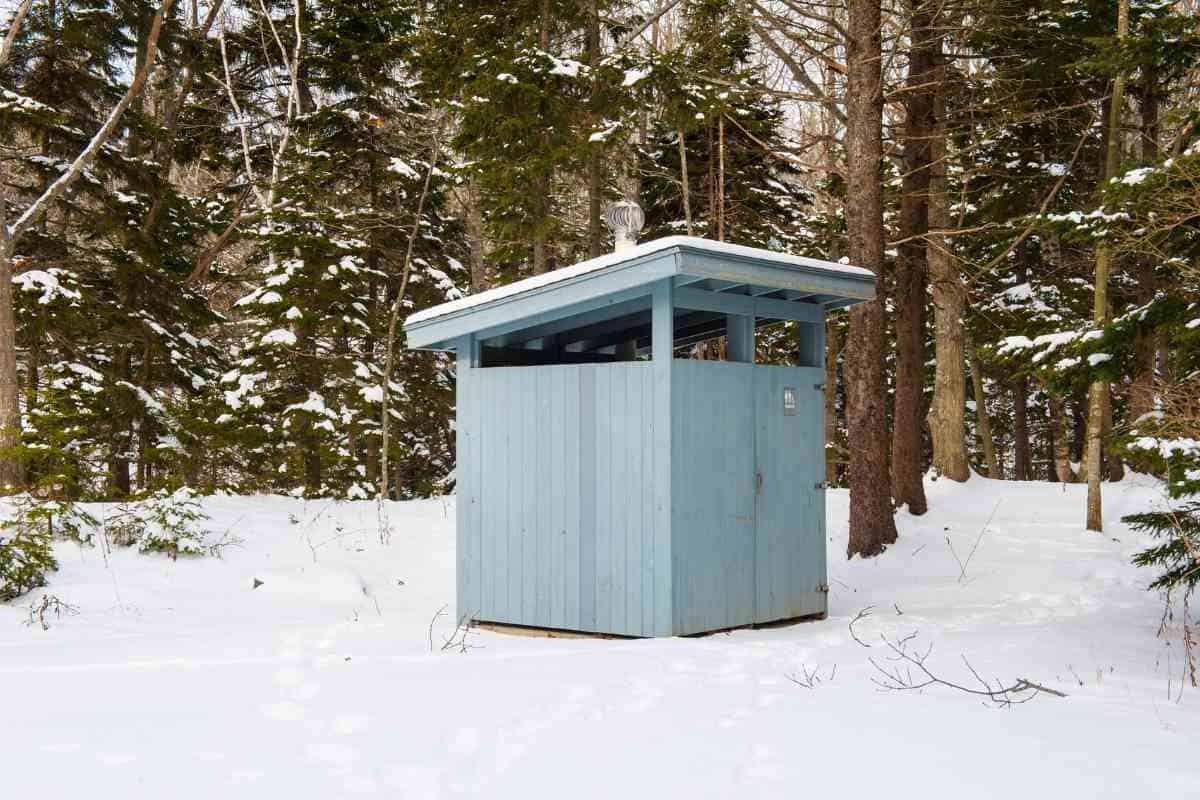
How to Keep Your Composting Toilet Warm
The primary concern in cold climates is maintaining the necessary warmth within your composting chamber to ensure the composting process doesn’t halt. Here’s what you can do depending on the type of composting toilet you have:
- For Indoor Systems: If your composting toilet is part of your main residence, like in tiny homes or RVs, you’re in luck. Your regular heating will likely keep the toilet at a functional temperature. This shared heating ensures the microbial activity within the compost bin remains consistent, aiding in the decomposition of solid waste and toilet paper.
- For Outdoor or Separate Systems: Toilets installed outside or in unheated spaces such as sheds or seasonal homes might need extra attention:
- Use heating pads or heat lamps to directly warm the composting toilet.
- Insulate the toilet using practical materials like yoga mats or bubble wrap, which can significantly prevent heat loss.
- Consider placing the composting toilet inside a pop-up greenhouse to naturally increase the temperature around it through solar gain.
Adding a Bulking Agent
In icy conditions, maintaining the right balance of moisture, air, and organic materials becomes challenging. The cold can cause excessive moisture to accumulate, squeezing out vital air pockets and suppressing the activity of aerobic bacteria.
To combat this:
- Introduce bulking agents such as coir or finely chopped straw. These materials help absorb excess liquids and create air gaps, facilitating the survival and efficiency of microbial life.
- Ensure the mixture has enough carbon-rich materials like leafs and grass clippings to optimize the composting environment.
Understanding the Impact of Cold on Microbial Activity
If temperatures frequently plunge below freezing, the microbial life essential for breaking down humanure will remain dormant until warmer conditions return. In extremely cold settings, it may be practical to temporarily cease adding new waste to the compost or switch to an alternative sanitation solution.

Are Composting Toilets Worth the Effort in Cold Climates?
Absolutely! Composting toilets are a fantastic option for those committed to reducing environmental impact and managing waste efficiently. They are particularly advantageous for those living in remote or off-grid settings. Learning how your specific composting toilet system functions will allow you to adjust your maintenance strategies to match seasonal changes effectively.
Frequently Asked Questions about Composting Toilets in Cold Climates
Can I use regular toilet paper with a composting toilet, or do I need single ply paper?
You can use single ply paper as it breaks down more easily than thicker varieties. Avoid using chlorine bleach-treated papers as they can harm the beneficial aerobic organisms in your compost.
What can I add to the compost bin to help with the decomposition process in cold weather?
Adding sphagnum peat moss, coco fiber, or finely chopped straw helps maintain the necessary air pockets and absorbs excess liquid wastes. These materials promote the activity of worms and microbes, enhancing decomposition.
How often should I empty the solids bin in a composting toilet system?
The frequency depends on usage and the number of users, but generally, the solids bin should be emptied when it is three-quarters full to avoid overloading and ensure proper composting.
Is it safe to handle the compost produced by a composting toilet?
Yes, when fully processed, the compost is safe and resembles dirt. Ensure that the compost has no visible poop particles, does not smell, and has been subjected to sufficient composting time to kill pathogens.
Can a composting toilet be installed in a basement or does it need to be on the ground floor?
A composting toilet can be installed in a basement if there is adequate ventilation and access to an exhaust system to help control moisture and odors.
Can the liquid waste from composting toilets be used as fertilizer?
Urine can be diluted with parts water and used as a nitrogen-rich fertilizer for mature trees and non-edible plants, but it should be processed properly to avoid the buildup of leachate and salts.
What are the mounting and safety considerations when installing a Nature’s Head composting toilet?
Ensure that the mounting brackets are securely fastened and that the unit is stable to address any safety issues. Nature’s Head composting toilets also require a small power source for the ventilation fan.
What should I do if there’s an odor coming from the composting toilet?
Check that the compost section is well aerated and not too wet. Adjust the balance of organic matter and bulking agents, and make sure the exhaust system is functioning correctly to eliminate odors.

